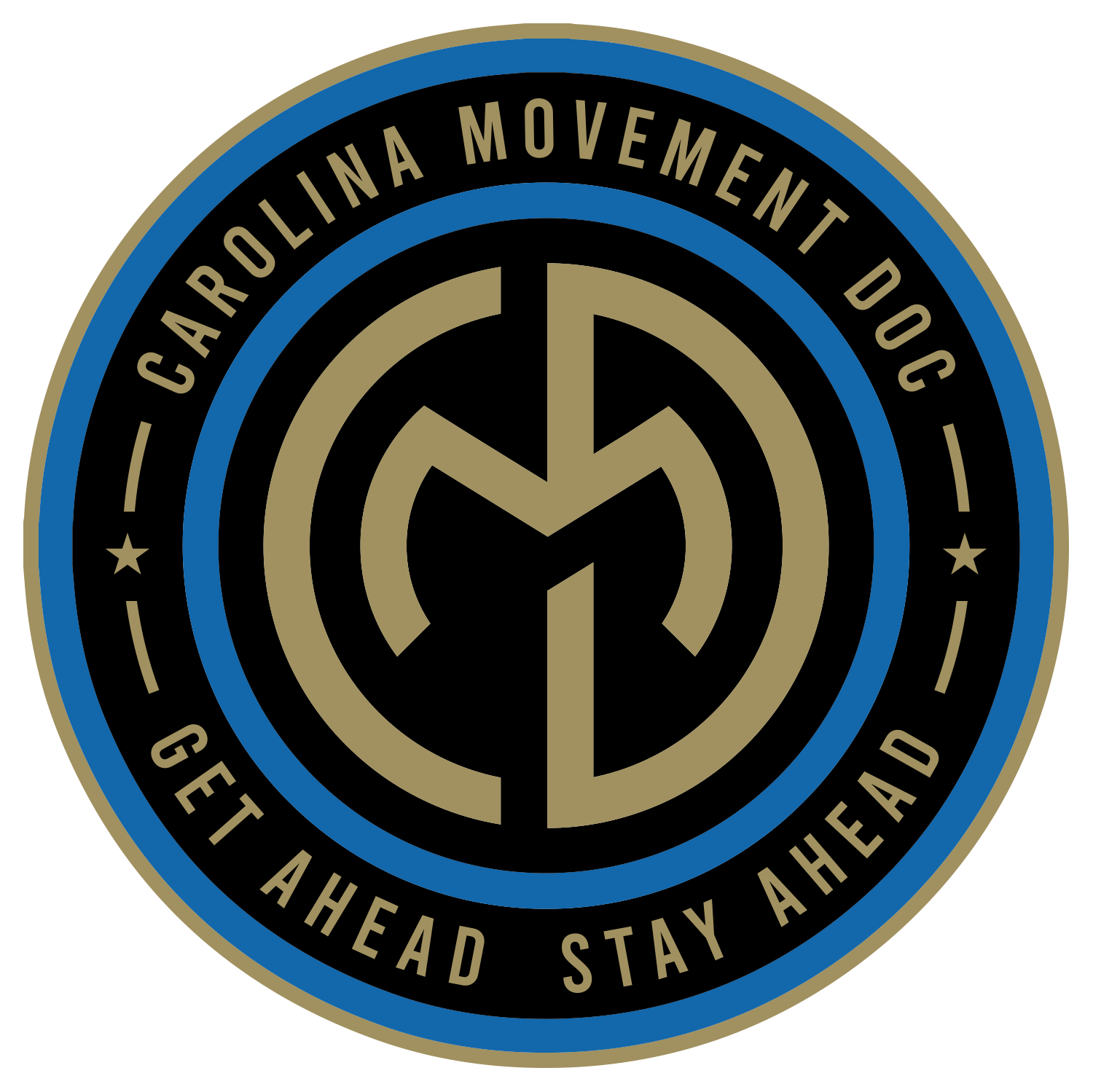Manage your Osteoarthritis (OA) the better way!
Osteoarthritis (OA) is one of the most common joint disorders, affecting millions of people worldwide. In fact, in our are of Cramerton and Belmont, most of our clients are already given the diagnosis of OA even before they get to the clinic. Most of the time clients complain of joint pain, stiffness, and reduced mobility to some degree. OA can significantly impact daily life from sun-up to sun down. But calm down, this isn’t a death sentence and not as debilitating as you might think. Our physical therapy interventions like strength training, cupping therapy, and dry needling can offer effective relief and significant improvement in joint function. Let me enlighten you on how these treatments work and why they are essential for managing osteoarthritis and even getting back to the fun stuff we all like to do like running, jumping and the ever-so-popular PICKLEBALL!
The Role of Strength Training in Osteoarthritis Management
Strength training is a cornerstone of osteoarthritis treatment. I might even go as far as to say the cornerstone of what CMD does. Contrary to the common belief that exercise worsens joint pain, targeted strength training can enhance joint stability, reduce pain, and improve overall mobility. Our clients will certainly attest to this. Let’s dive into it a little further so keep on reading!!!
Benefits of Strength Training for OA
Joint Support: Strengthening the muscles around affected joints reduces stress on cartilage and improves joint stability. Mostly what I want is a reduction in torque. The body hates torque as this is where “breakdown” happens/.
Pain Reduction: Regular resistance exercises help decrease pain levels by enhancing muscle function and endurance. Fitter people typically complain of less pain.
Improved Mobility: Stronger muscles contribute to better movement control, reducing the risk of falls and injury. You’ll have so much better body awareness.
Inflammation Control: Exercise promotes circulation, helping to reduce inflammation and stiffness. Interesting right? Strengthening helps reduce the “itis”…go figure.
Best Strength Training Exercises for OA
Bodyweight Squats: Strengthens the quadriceps, hamstrings, and glutes to support knee joints. Once it looks good, I’ll even throw the barbell on your back and watch those gains build up!
Leg Press: Provides controlled resistance to improve lower limb strength. This takes the balance aspect out of the equation.
Resistance Band Exercises: Helps build muscle without excessive strain on joints. I’m not talking the easy yellow bands, I’m talking the tougher resistance bands that help create the muscle burn we are looking for.
Core Strengthening: Enhances posture and reduces stress on weight-bearing joints. To be honest, core strengthening can be applied anywhere.
How Cupping Therapy Eases Osteoarthritis Pain
You know I love me a good cupping session with movement. Cupping therapy is an ancient technique that uses suction cups to enhance circulation, reduce muscle tension, and alleviate joint pain. At CMD, we combine this with movement to enhabce it’s effects!
Benefits of Cupping Therapy for OA
Increases Blood Flow: Improved circulation delivers oxygen and nutrients to damaged tissues, aiding recovery. We use the fascia as a “nutrient superhighway” to get the right cells to the right areas FAST!
Reduces Inflammation: The suction effect helps to flush out stagnant fluids around the area and create some fluid flow, thus reducing the inflammation.
Relieves Muscle Tension: Loosens tight muscles that may be exacerbating joint pain. Anybody who has ever had cupping will tell you that there is a positive and immediate effect in this area.
Enhances Range of Motion: Helps in reducing stiffness, allowing for better movement. It really is a thing of beauty.
I’ll even throw cups on your while taking you through a strengthening piece.
The Power of Dry Needling for Osteoarthritis Relief
If it needs a needle, then I will likely lean toward some purposeful Dry Needling. Dry needling is a modern therapeutic technique that targets trigger points in muscles to relieve pain and improve function. I’ll even hook this up to some electrical stimulation for an even enhanced effect.
Benefits of Dry Needling for OA
Pain Reduction: Stimulates the nervous system to release endorphins and reduce pain sensitivity. This is what people LOVE the most.
Muscle Relaxation: Releases tight muscles around arthritic joints, reducing stiffness and discomfort.
Enhanced Blood Flow: Promotes healing by increasing circulation to affected areas. Just like the cups, this helps get the right cells to the right areas.
Improved Mobility: Helps restore normal muscle function and movement patterns.
How Dry Needling Works
A trained physical therapist inserts thin needles into trigger points near the affected joints. This process stimulates natural healing responses, reduces pain, and improves joint function. The electrical stimulation will only help with all of this.
Combining Therapies for Maximum Relief
For the best results, strength training, cupping therapy, and dry needling should be used together under the guidance of a trained and experienced physical therapist like myself and Dr. Griffin here at CMD. A customized treatment plan can help you regain mobility, reduce pain, and improve your quality of life.
Take Control of Your Osteoarthritis Today!
If you're struggling with osteoarthritis, don't let this make you believe like you are to alter your life and cancel all your plans. Strength training, cupping therapy, and dry needling are proven strategies to reduce pain, enhance mobility, and support long-term joint health. This is our jam. This is what we are the best at so consult a licensed physical therapist to develop a personalized treatment plan and start your journey to better joint function today!
Contact us today to learn more about how we can help you manage osteoarthritis effectively!
www.carolinamovementdoc.com
